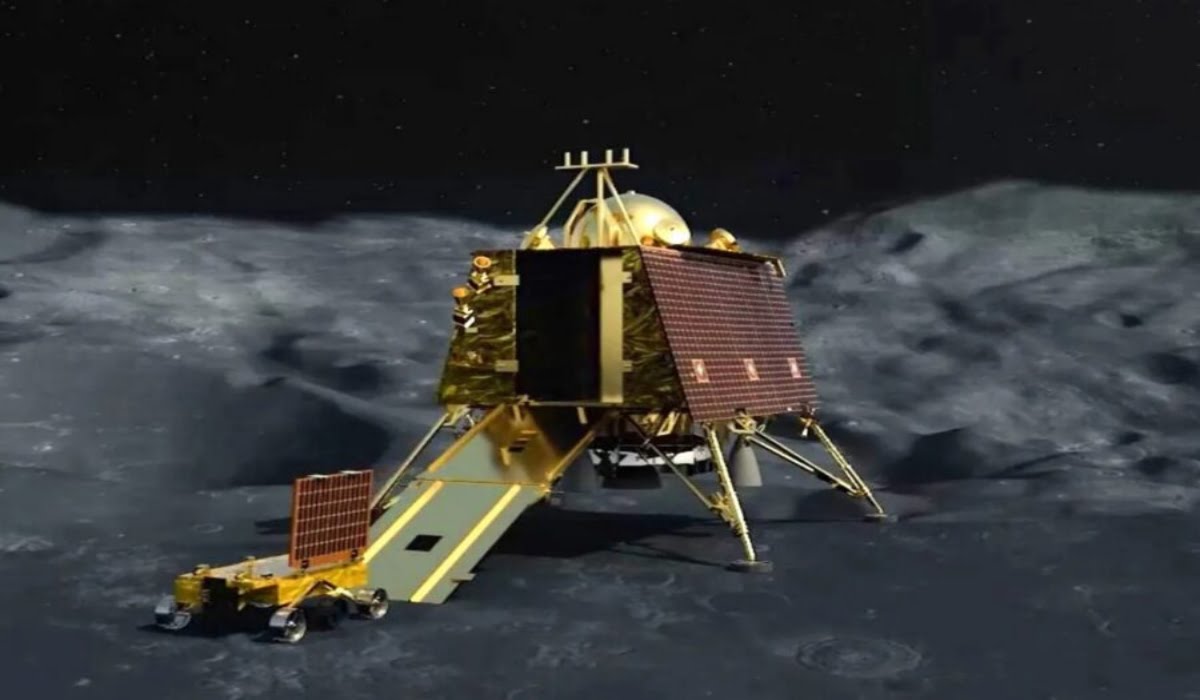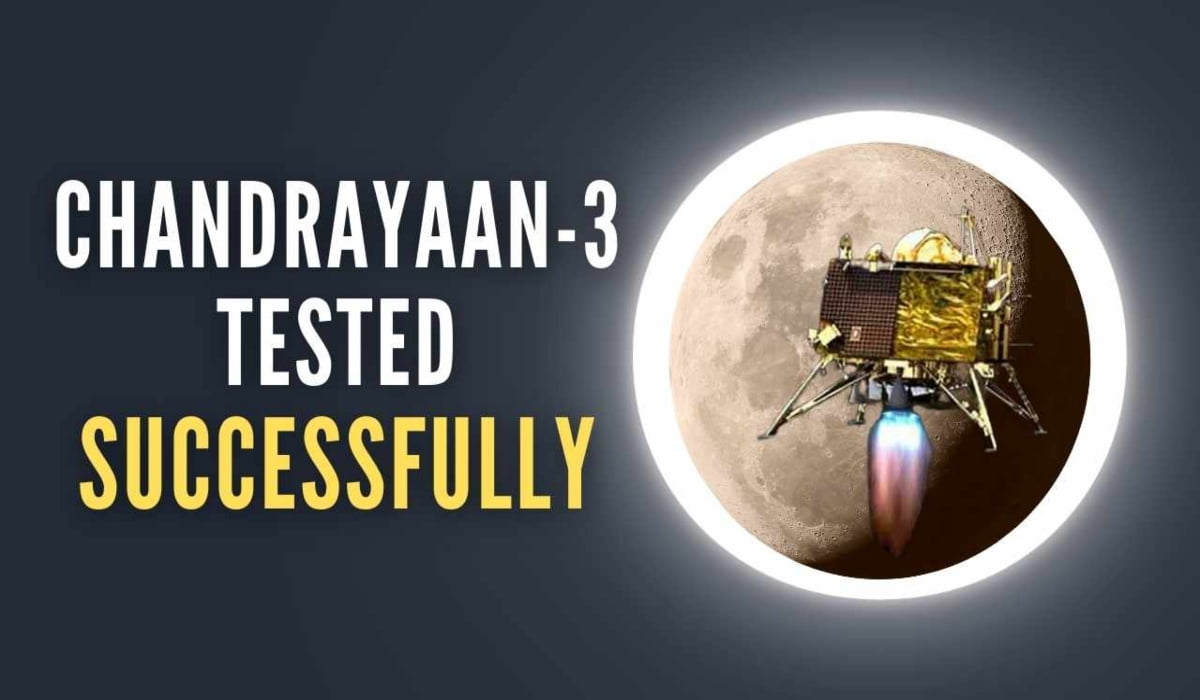On 23rd August 2023 at 6:04 pm IST, a historic moment for India as the country successfully landed its first spacecraft, Chandrayaan 3 on the moon. With the achievement, India became the first country to land a spacecraft on the south pole of the moon’s surface and also entitled its name in the list of countries who have succeded in soft landing on the moon. So if you are interested in knowing everything about the mission then keep on reading this post.
Chandrayaan 3 Landed Softly on the Moon
Table of Contents
Indian Space Research Organization today is celebrating the success of their mission Chandrayaan 3. A live telecast of Chandrayaan 3 soft landing on the moon was streamed in India by ISRO. Prime Minister Narendra Modi who is presently in Johensberg South Africa has witnessed the historic moment via video conferencing. Mr. Modi in his speech after the successful landing of the spacecraft gave credit for the success of the mission for the scientists who have been working on the project for the last four years. He said that the success is not of India alone but of the whole world.
The whole world has kept their eyes on the mission. A few days before the Russian spacecraft Lunar-25 was also trying to reach the same position was crashed, hence there has been much hype for the mission whether it will succeed or not.
Everything About Chandrayaan 3
“Chandrayaan 3” in Hindi and Sanskrit means “Moon Vehicle”. The remarkable mission was launched on July 14 from the Satish Dhawan Space Research Centre at Sriharikota, Andhra Pradesh, India. It consists propulsion module, a rover named Pragyan, and a Lander named Vikram. The Lander’s name is named after the founder of the Indian Space Research Organization Vikram Sarabhai.

On 17th August the Vikram lander separated from the propulsion module to begin the last phase of the mission. The mission duration was 1 month and 9 days. The mission is the follow-up mission after the failure of Chandrayaan-2 at the last moment as the spacecraft was unable to accomplish the soft landing and crashed while hitting the moon surface. Learn lessons from the failure ISRO began working on its new project and now the result is visible to every one of us.
Chandrayaan 3 Objectives
ISRO has set three major objectives of the mission:
- A smooth landing of Lander Vikram on the Moon’s surface.
- Executing experiments for a better understanding of the Moon’s composition.
- Examining and showing off the rover’s driving abilities on the moon.
Chandrayaan 3: ISRO Releases Images taken by Vikram
Ahead of the mission’s successful landing on the moon, ISRO has released images of the moon taken by the Vikram lander during its descent. Chandrayaan 3 is a big achievement for scientists who are exploring the possibility of life on the moon. The mission will not only help India explore more about the Moon but also globally.
Chandrayaan 3: Why ISRO wants to Explore the Moon’s South Pole?
All the previous spacecraft landed on the moon are a few degrees latitude north or south of the lunar equator but Chandrayaan 3 creating history has landed on the south pole of the Moon’s surface. The south pole of the Moon has the interest of so many scientists due to the presence of ice water. That means there is a strong possibility of life on the moon due to the presence of water molecules in it.

The ancient water ice in the area might also record the eruptions of lunar volcanoes and the beginnings of the oceans. If there is enough water, it could cool equipment and serve as a supply of drinking water for explorers.
Furthermore, this region may have preserved hints about the early Solar System because it is so cold, in fact, that it is frozen.
Why is a Soft Landing on the Moon Problematic?
The atmosphere of the Moon is incredibly thin to begin with. As a result, spacecraft can not depend on atmospheric friction to significantly slow down before a landing. This means that in order to land safely, they will be compelled to count extensively on their propulsion systems. In addition, unlike here on Earth, there is no GPS on the Moon. In order to land safely without the aid of a vast satellite constellation, onboard computers will have to do fast calculations and maneuvers.
NASA, ESA Support to Chandrayaan 3
Since the Chandrayaan 3 launch, the National Aeronautics and Space Administration and the European Space Agency have been providing assistance to ISRO to monitor the spacecraft’s health. Two ESTRACK network ground stations have been used by ESA to assist the mission by tracking the satellite in its orbit, receiving telemetry from the spacecraft and transmitting it to the Mission Operations Center in Bengaluru, and transmitting commands from Bengaluru to the flying satellite.
From Deep Space Station (DSS)-36 and DSS-34 at Canberra Deep Space Communications Complex, followed by DSS-65 at Madrid Deep Space Communications Complex, NASA‘s Deep Space Network is providing telemetry and tracking coverage during the powered descent phase.
I hope you now get every detail about the mission that you are looking for. For more trending news keep coming to our site, USzizz.com.
Read Also: FIBA World Cup 2023 Full Schedule, Fixtures and More
